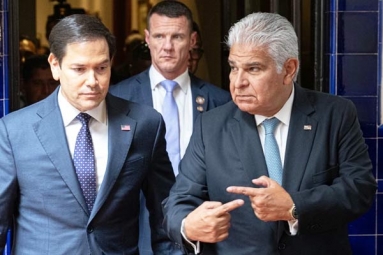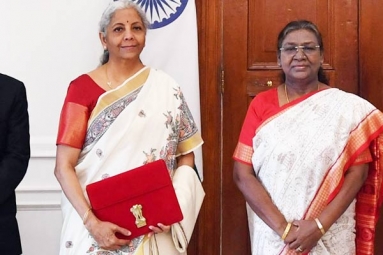
Arousing a fact of interest, India has nominated a group of six hill forts in Rajasthan and the Great Himalayan National Park in Himachal Pradesh as candidates for World Heritage Sites this year. UNESCO’s World Heritage Committee at its meeting in Cambodian capital Phnom Penh next month will decide on honoring the status on them.
Furthermore, the hill forts at Chittorgarh, Kumbhalgarh, Ranthambore, Gagron, Amber, and Jaisalmer are excellent examples of Rajput military architecture, which are found in palaces, temples, memorials and even in villages. Built between 13th and 19th centuries, these forts are unique to this region and creatively use the landscape to increase protection.
The Great Himalayan National Park which is spread over 75,400 hectares, is located on the western part of the Himalayan mountains in Kullu District. It is among the most scenic sites in the country and rich in biodiversity while it is home to 25 forest types, supports 805 kinds of plants and hosts 31 species of mammals and 209 sort of birds.
Going by a report of the International Union for Conservation of Nature (IUCN), which evaluates nominations for natural sites, it is unlikely that the World Heritage Committee would engrave the Himalayan Park as a World Heritage Site. The IUCN has said the description of the park is disconnected while it recommended that the intervening land be added to the park to create a adjoining area. It suggested that the rights of local communities be accommodated and integrated in the management plan.
The five Rajasthan forts were nominated last year too, but UNESCO rejected them. This year, the government added the Jaisalmer fort, reworked the documents and renominated the five. The International Council on Monuments and Sites (ICOMOS), which evaluates the cultural properties for UNESCO, inspected the sites last year, and their final recommendation will be known on May 17.
While expressing a reason of pride India has 29 world heritage sites comprising of 23 cultural and six natural properties.
(AW:Samrat Biswas)











